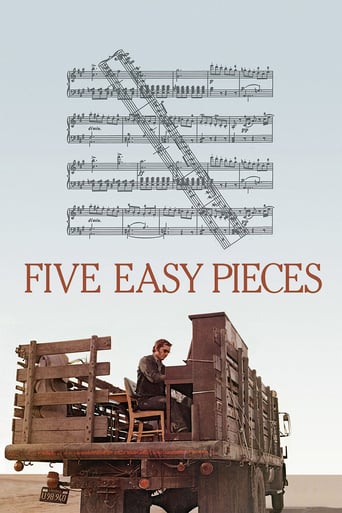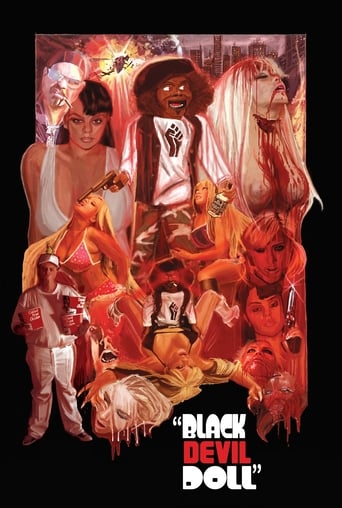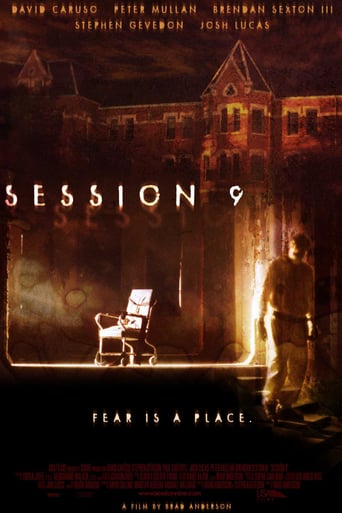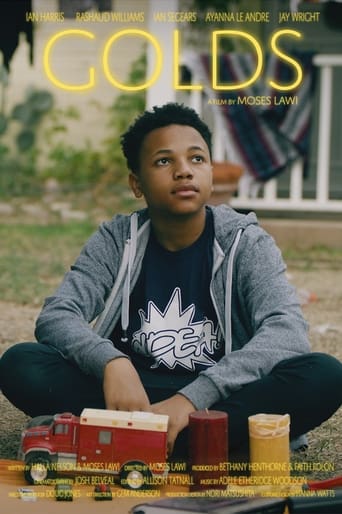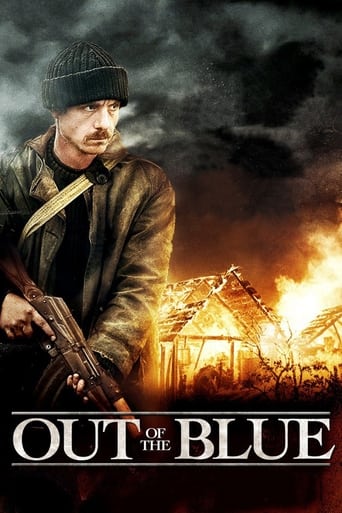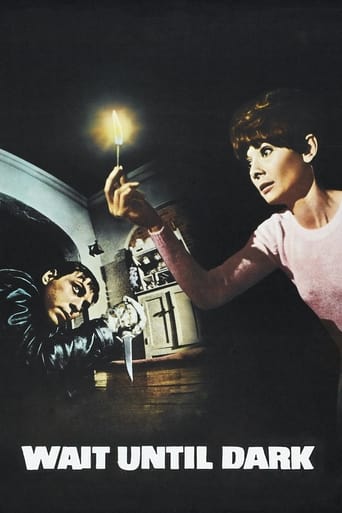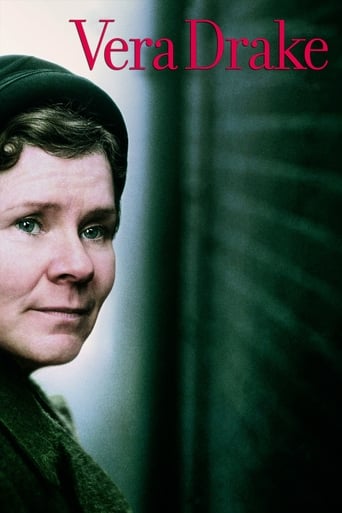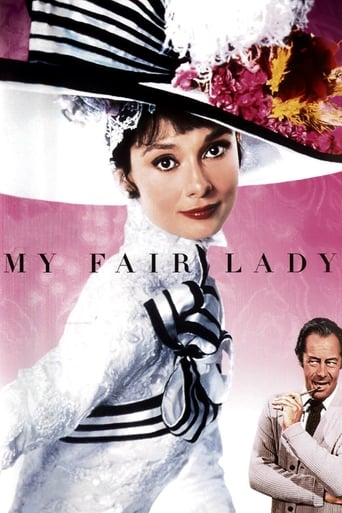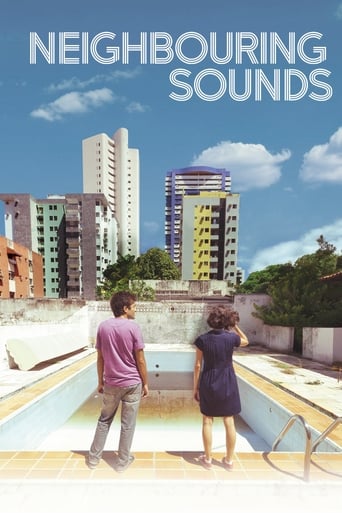

Neighboring Sounds (2013)
An independent private security firm arrives at a middle-class neighborhood in Recife, Brazil.
Watch Trailer
Cast


Similar titles
Reviews
"How can you measure progress if you don't know what it costs and who has paid for it? How can the 'market' put a price on things - food, clothes, electricity, running water - when it doesn't take into account the 'real' cost of production?" ― Arundhati Roy Directed by Kleber Mendonca Filho, "Neighbouring Sounds" paints a portrait of the director's own hometown. Part Robert Altman ("Kansas City"), part John Sayles ("Sunshine State"), the film is set in the streets of Setubal, a town in one of Brazil's largest cities.Mendonca's title may allude to the sounds of urban life, but what he's primarily interested in is the sound of locking doors. Throughout the film, we're constantly reminded of the threat of crime, the fear of intrusion and the possibility of violence. This violence is the film's chief interest, though Mendonca goes to lengths to disguise this fact. Instead, we watch as a series of characters navigate a concrete labyrinth adorned with protective bars, metal grilles, security alarms and cordoned off spaces. We watch as immigrants are hired to tutor children, favela kids are bullied, gangs offer to protect buildings, upper-class women marinade in ennui and various characters reveal insecurities, paranoias and their desire to climb the social ladder. Paradoxically, everyone knows their place, each character deferential to invisibly drawn social lines.It's only during the film's climax in which the ten black-and-white photos which open the picture (of fenced off countrysides, happy workers, angry villagers, palatial villas etc) are explained. Here Francisco Oliveira, a patriarch who got rich selling sugar and who now owns most buildings in Setubal, is implicated in the town's bloody history, a history which leaks into the present and mutates into modern forms of literal and psychic violence. Class divisions and lines of demarcation forged Oliveira's wealth, gave birth to Setubal, and now, in the present, separate neighbour from neighbour, brother from brother. Setubal may seem peaceful, but the ramifications of land-grabs, slavery and class warfare are everywhere.Unsurpsiingly, Mendonca is also preoccupied with issues of race. The condos and upper-middle class apartments of Setubal are populated by pale, white skinned men and women, whilst the housemaids, valets, janitors and street urchins are all various shades of brown or black. The classes put on happy faces, but key each other's cars and engage in other covert or overt forms of disrespect. Of course capitalism has always pitted the middle against the lower class, the lower against the middle and both against foreigners. But in Setubal, iron bars seem to keep everyone firmly apart. They're all jailed, eyeballing one another through cages. Only rarely does contact and so conflict arise. And when it does, blood spills.8/10 – Worth one viewing. See "Cutter's Way".
Any work, be it cinema, book or play, should be 'about' something. There should be some discernible central theme, a thread that is to be followed, a point that is being made. Otherwise, it is no different to standing in the street and watching life pass by at random.This film is 'about' nothing. I watched it with my Brazilian wife, having read that it had received a good review in the New York Times. From start to finish, it was a confusing mess of non sequiturs that simply make no sense whatsoever. It is, not to put to fine a point on it, a cinematic turd.Don't waste your time, there are far better Brazilian films out there than this.
The film reminded me of "The Class" (France 2008). Just change the school by a handful of houses in the same street. The relationships among the characters are unveiled as the story goes, there is nothing special about any of them, there is nothing special going on in theirs lives. It looks like a very casual portrait of any given month in Recife.People made a lot of fuss about the private security guys that show up, about the claustrophobic feeling, about the master/servant relation depicted all the time, but in fact, it is not big deal. It is no news. It is simply how life is down here.For a foreigner it may look strange, odd, annoying, maybe violent, but down here it is our daily life. That's how things are. In that sense the film is dull. Didn't bring us anything new, didn't show anything we are not used to see daily around us.
This film deals with Brazilian social relations from a historical perspective and innovative focus. The first images show the Big House and the slave quarters on a sugar cane mill where historians say is the origin of Brazilian society. From there the director leads the XXI century to show the consequences in the present time in relations between the descendants of slaves and landowners and the middle and lower classes in the twentieth century neighborhood in the city of Recife (northeast). It's amazing how the director gets not only translate into images different dimensions of social relations in the society but also establishes a link between the past and the present. Nexus that crosses the whole movie and that stressed by a kind of violence that is not present in images but is syncopated by its excellent soundtrack. I'm pretty sure to recommend this film because I believe it worked as a whole to show us an snapshot of the Brazilian society.





